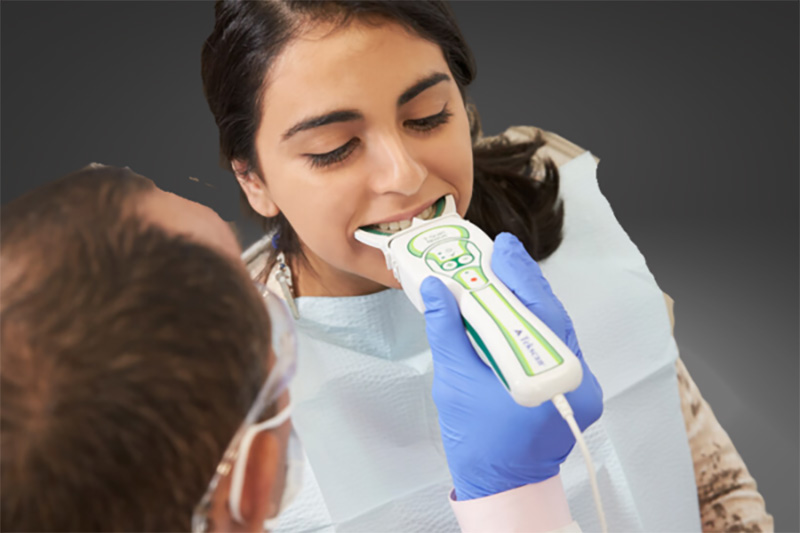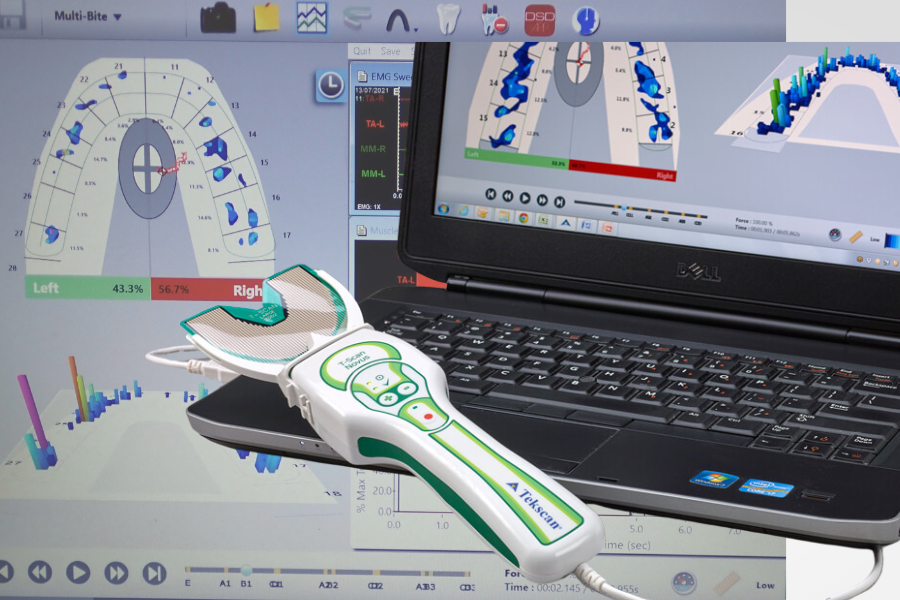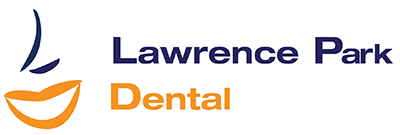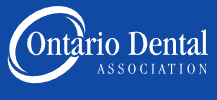Welcome to Lawrence Park Dental
Digital Bite Analysis

- Identify overly engaged contacts during excursive movements
- Evaluate how muscles are firing during bite cycles
- Verify occlusal contacts that could be contributing to TMD symptoms
- Use data to guide adjustment procedures
- Objectively analyze the timing of disclusion
Occlusal disease is destructive and progressive.
Untreated occlusal disease can lead to:- TMJ disease (TMD).
- Tooth fracture
- Vertical root fracture/premature tooth loss
- Excessive bone loss
- Muscle soreness
- Muscle fatigue (cannot chew gum/eat steak)
- Headaches

How Does Digital Bite Analysis and DTR Therapy Work?
DTR relies on T-Scan and EMG technologies to help dentists fully understand the problem. It’s then followed by adjustment procedures to fix the tricky areas and provide a better bite. This may involve a reduction in the enamel, or composite additions on maxillary canine teeth. Further bite analyses are performed post-treatment and new corrections are made as needed.
During the exam at Lawrence Park Dental in North York, Dr. Queiroz will use the T-Scan and EMG technologies to analyze your bite force, location, and timing.
What to expect during the first bite analysis consultation?
- Place adhesive electrodes in your face and neck.
- You bite the sensor.
- The computer software renders the information as 3D data on the screen.
- Dr. Queiroz can then check the data in real time and identify the areas responsible for bite discrepancies.
- More than seeing the actual contact between the teeth, Dr. Queiroz can determine the impact of your bite on your gums and jaw and recommend the optimal treatment.
Do you have an appointment booked with us? Please make sure you fill out and submit both questionnaires prior to your visit:
1. TMJ and Facial Pain Symptoms Questionnaire
2. TMJ and Facial Pain Problem Questionnaire
Are you experiencing some of the symptoms mentioned above and is wondering if the Digital Bite Analysis is right for you? Contact us to schedule an appointment.
About Dr. Queiroz
Dr. Queiroz has been trained by leaders in dentistry such as Drs. Peter Dawson, Frank Spear, Robert Kerstein, Ben Sutter, Carl Misch, and more.





